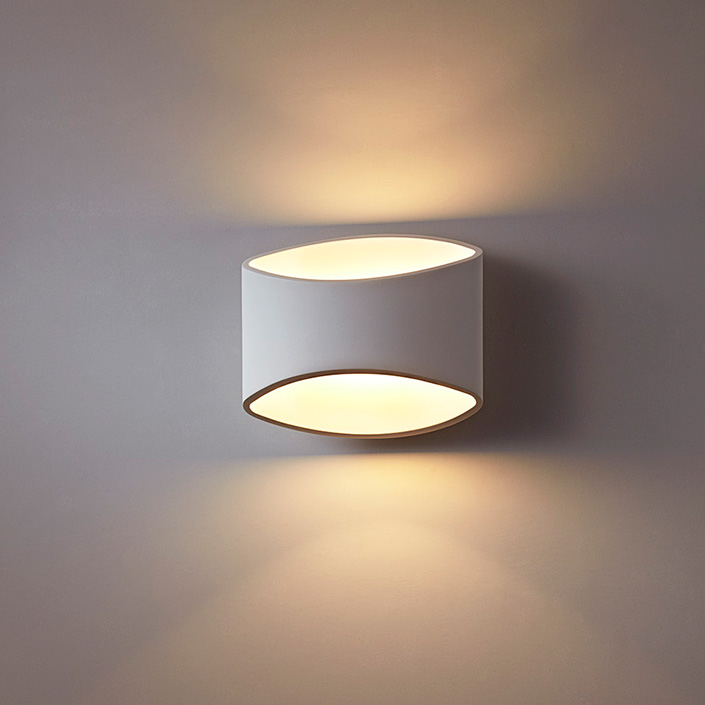
In outdoor lighting work, wall lamps are the most widely used, so when choosing this type of lighting tools, what characteristics or factors should be selected according to? In fact, many issues need to be considered in the selection factors. The more important thing is the high-power radiator. The heat dissipation process often has a very large impact on the work of the entire product. Therefore, it is necessary to make careful selections on factors such as radiators. When the product is working, heat dissipation has a certain impact on the lighting effect and service life.
The color characteristics displayed by the lighting products of LED wall lamps are generally specified for color temperature. The color temperature measurement unit is KelvinScale, which is K as the unit. The color temperature is only for white light and warm white light. For example, 6000K is positive white light, 6500K is blue, and 6000K is yellow (warm white). We generally use LEDs as the light source. The wall lamp color temperature is divided into three categories:
1. Low color temperature: The color temperature is below 3300K, and the light color is reddish to give people a warm feeling; it has a stable atmosphere and a warm feeling. When the wall lamp is illuminated by a low color temperature light source, it can make the red more vivid. Led wall lamps are more suitable for homes, houses, dormitories, hospitals, hotels and other places, or places where the temperature is relatively low.
2. Medium color temperature: also called intermediate color, its color temperature is between 3300K-5300K. The warm white light has soft light, which makes people feel happy, comfortable and peaceful. It is suitable for shops, hospitals, offices, restaurants, restaurants, waiting rooms and other places.
3. High color temperature: also called daylight color, its color temperature is above 5300K, the light source is close to natural light, it has a bright feeling, and makes people concentrate. It is suitable for reading in offices, meeting rooms, classrooms, drawing rooms, design rooms, and libraries. Rooms, exhibition windows and other places.
The color characteristics displayed by the lighting products of LED wall lamps are generally specified for color temperature. The color temperature measurement unit is KelvinScale, which is K as the unit. The color temperature is only for white light and warm white light. For example, 6000K is positive white light, 6500K is blue, and 6000K is yellow (warm white). We generally use LEDs as the light source. The wall lamp color temperature is divided into three categories:
1. Low color temperature: The color temperature is below 3300K, and the light color is reddish to give people a warm feeling; it has a stable atmosphere and a warm feeling. When the wall lamp is illuminated by a low color temperature light source, it can make the red more vivid. Led wall lamps are more suitable for homes, houses, dormitories, hospitals, hotels and other places, or places where the temperature is relatively low.
2. Medium color temperature: also called intermediate color, its color temperature is between 3300K-5300K. The warm white light has soft light, which makes people feel happy, comfortable and peaceful. It is suitable for shops, hospitals, offices, restaurants, restaurants, waiting rooms and other places.
3. High color temperature: also called daylight color, its color temperature is above 5300K, the light source is close to natural light, it has a bright feeling, and makes people concentrate. It is suitable for reading in offices, meeting rooms, classrooms, drawing rooms, design rooms, and libraries. Rooms, exhibition windows and other places.




